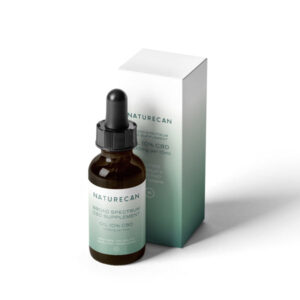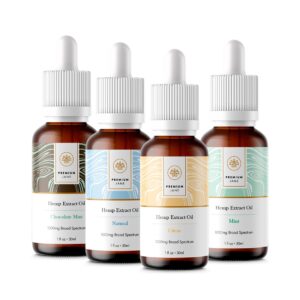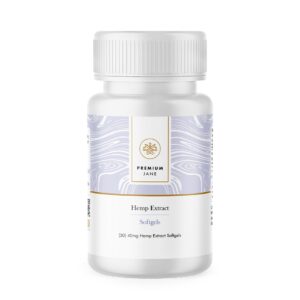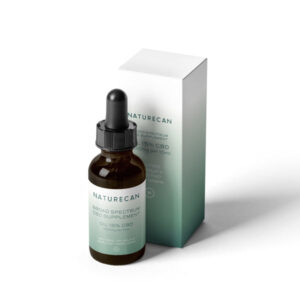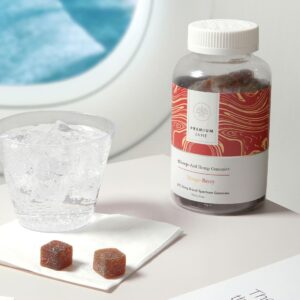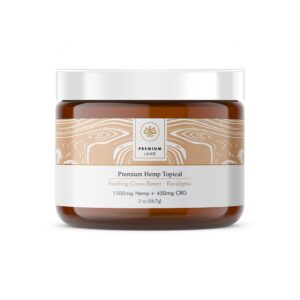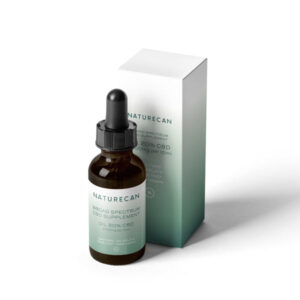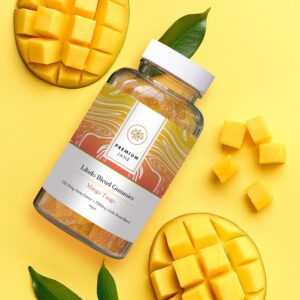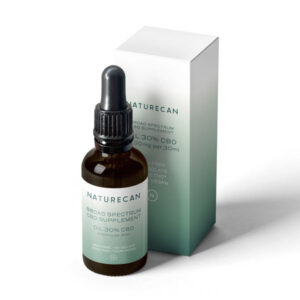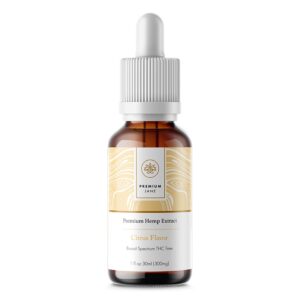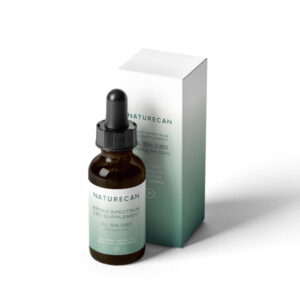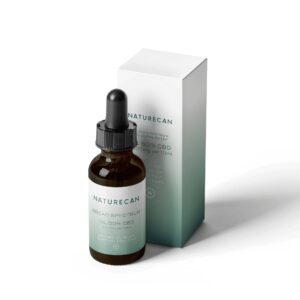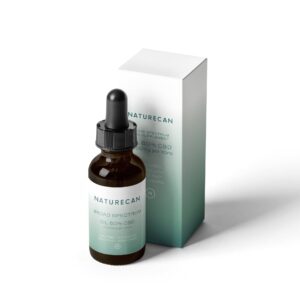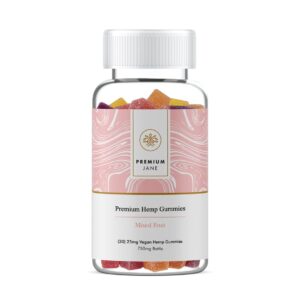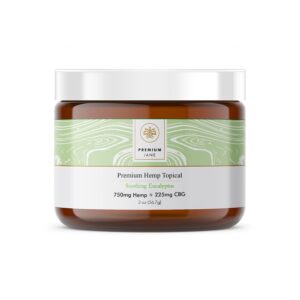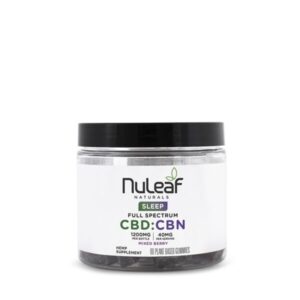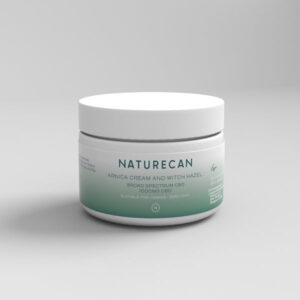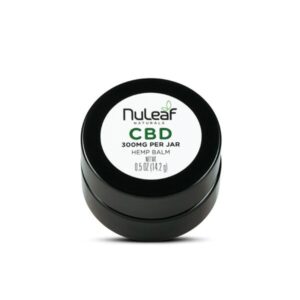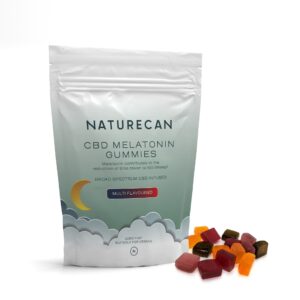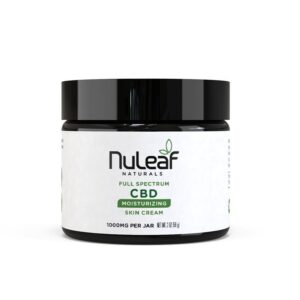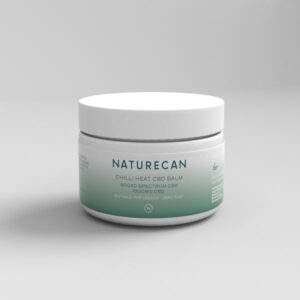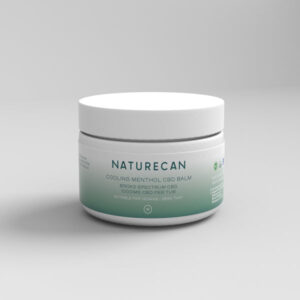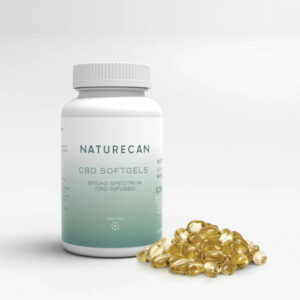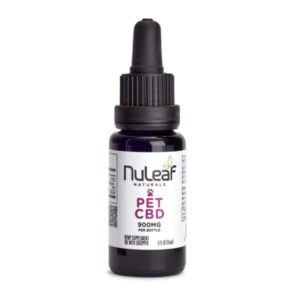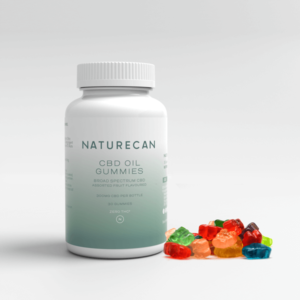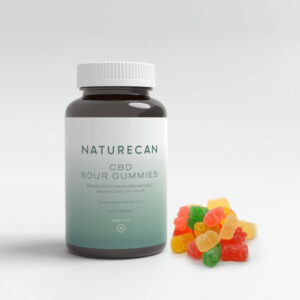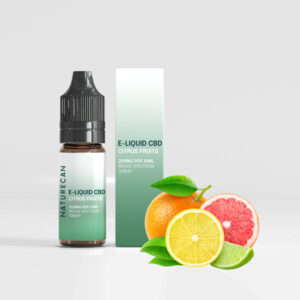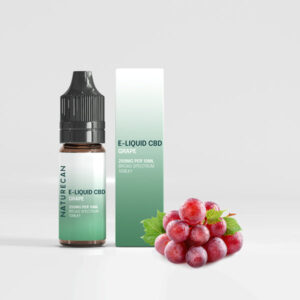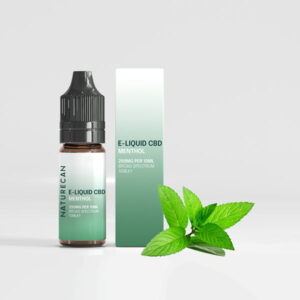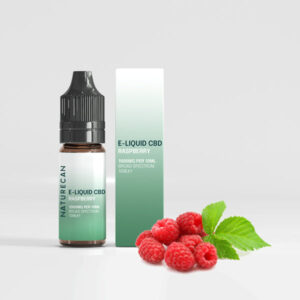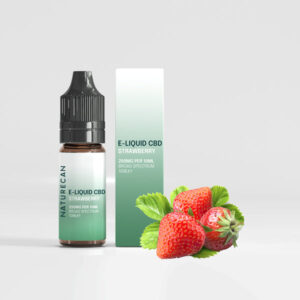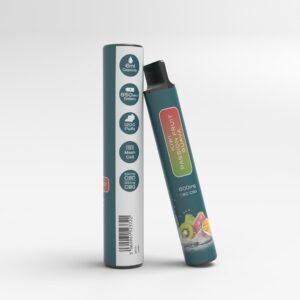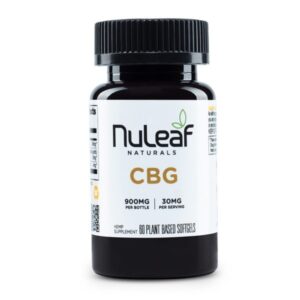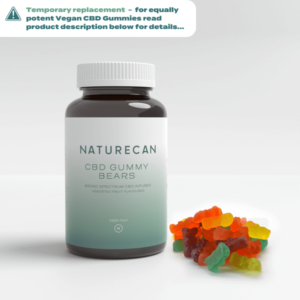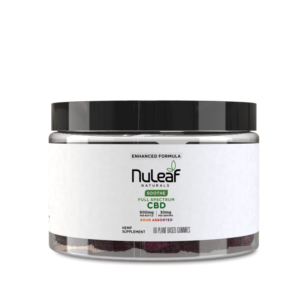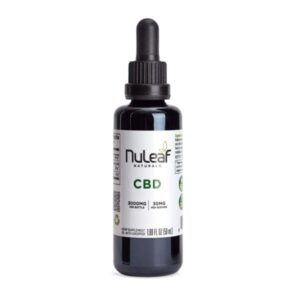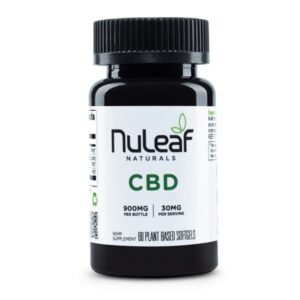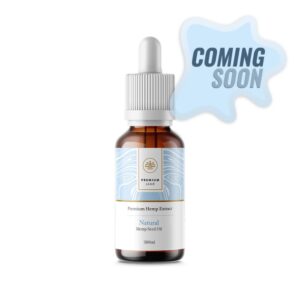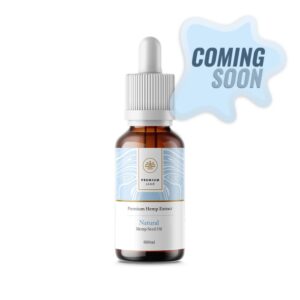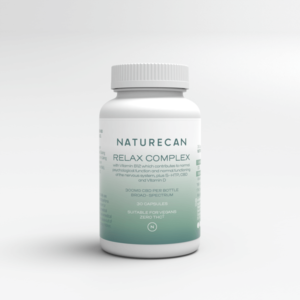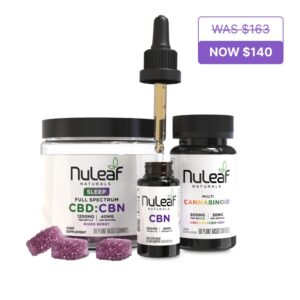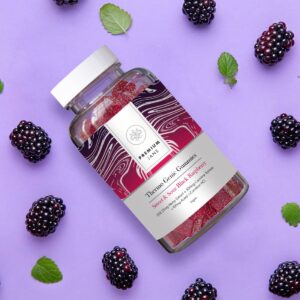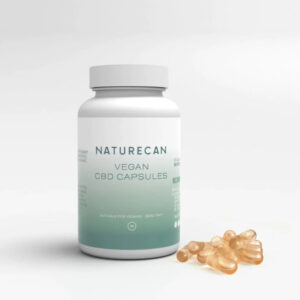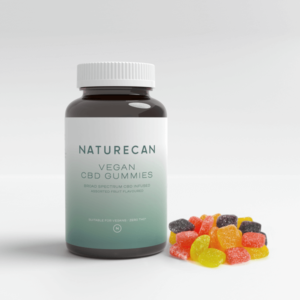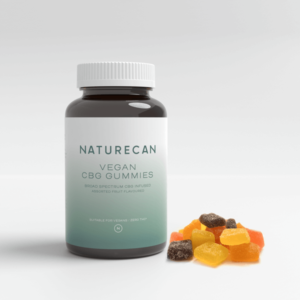CBD
What is CBD?
CBD, or cannabidiol, is a natural compound extracted from Cannabis sativa, which does not produce psychoactive effects like THC, another component of the same plant. CBD has been gaining attention in Australia and around the globe due to its potential therapeutic value. It’s being studied and used to treat conditions like epilepsy, anxiety, chronic pain and inflammation. Although more research is needed for comprehensive confirmation of its benefits, it’s already being used in many countries under medical prescription, with products available in various forms such as oils, capsules and creams. This compound stands out due to its potential to offer a natural alternative to various treatments, without the intoxicating effects associated with THC.
What You Should Know About CBD
While many people may have heard about CBD, not all of them understand what it is. In fact, some may even confuse it with medical marijuana. Below, we’ll give you some insights into what CBD is, where it comes from, and the main difference between this cannabinoid and THC. We’ll also explain a bit more about other not-so-popular cannabinoids.
What Is The Cannabidiol Molecule?
There are currently 113 known cannabinoids present in the hemp plant. Cannabidiol, which is often referred to as CBD, is one of those cannabinoids. The important aspect to understand is that around 40% of the plant’s extract is composed of CBD.
Now, the CBD molecule presents as a crystalline and non-intoxicating cannabinoid. This is one of the main differences between CBD and the second most common phytocannabinoid from the hemp plant – THC.
There are many ways in which humans and animals can ingest CBD, including orally, topically, or through inhalation.
The scientific research about the potential properties of cannabidiol date back to the 1970s. Even though there’s still a long way to go until we fully understand CBD’s true potential, some evidence so far suggests that CBD is:
- Anti-inflammatory
- Anxiolytic
- Analgesic
- Antineoplastic
- Chemopreventive
Where Do Cannabinoids Come From
Before we dive deeper into where cannabinoids come from, it’s important to understand the different types there are:
- Phytocannabinoids: these cannabinoids are of vegetable origin. Although the most popular are found in the cannabis plant, other plants also contain cannabinoids (e.g. purple coneflower, echinacea, and paracress).
- Endocannabinoids: these are cannabinoids produced by the human body which interact directly with the endocannabinoid system.
While CBD and THC are two of the most commonly found phytocannabinoids from the hemp plant, it also contains many more. Other common cannabinoids include:
- Cannabigerol (CBG)
- Cannabichromene (CBC)
- Cannabinol (CBN)
It’s also important to note that certain cannabinoids, such as THC and CBN, are usually only found in trace amounts on CBD extract. The reason behind this is that both these cannabinoids cause different degrees of psychoactivity.
Differences Between CBD And THC
Scientists have isolated 113 cannabinoids from the hemp plant so far, with CBD and THC being the two most common. Because of this, they are often mentioned together, which causes some people to believe they are similar.
In fact, these two cannabinoids are nothing alike. CBD and THC both have their own set of properties. On the one hand, THC is a psychoactive compound and makes those who ingest it feel “high”. On the other hand, CBD isn’t psychoactive and has a different set of properties, such as:
- Anti-psychotropic
- Antioxidant
- Anti-inflammatory
- Antimicrobial
- Anxiolytic
- Neuroprotective
- Anticonvulsant
It’s important to mention that these properties tend to be amplified when CBD is ingested along with other cannabinoids due to the entourage effect.
How Can CBD Be Extracted?
To make a CBD product, this compound must first be extracted from the hemp plant. Many extraction methods can be used for this purpose, each with varying degrees of purity, difficulty, and price.
When talking about the industrial production of CBD extract, two particular extraction methods are used:
- Solvent extraction: some companies use butane, ethanol, or hexane to extract CBD. This is the most affordable option for industrial extraction, however, it doesn’t offer a final product as pure as the method below because it may leave some traces of solvent in the extract.
- Supercritical CO2 extraction: this is the most commonly used extraction method for industrial purposes, as it’s clean, safe, and very effective.
How Does CBD Work?
As mentioned above, endocannabinoids and phytocannabinoids interact with the endocannabinoid system (ECS).
CBD interacts with the ECS by binding endocannabinoids to the CB1 and CBD2 receptors. Now, when ingested, CBD doesn’t directly bind to the cannabinoids’ receptors of the ECS, but it plays an important role in helping them function. CBD helps the receptors properly uptake endocannabinoids, which in turn increases the homeostasis (balance) of the body.
According to numerous pieces of research, CBD works well when ingested alone, but works even better when paired with other cannabinoids. This happens because when phytocannabinoids are ingested at the same time the entourage effect happens.
So far, most scientific research suggests that CBD helps with:
- Pain management
- Improved sleep
- Decreased nausea
How Can CBD Be Used?
There are many different ways in which CBD can be used. There are many types of products that contain CBD, with varying ways of ingestion.
Depending on the type of product you purchase, you can ingest the CBD through:
- Oral ingestion: CBD oils and tinctures, CBD capsules, CBD edibles and beverages
- Topical application: CBD creams, oils, lotions, salves
- Inhalation: CBD flowers, CBD vape pens, CBD e-liquid
It’s recommended that you always consult your doctor before using any type of CBD product. Even though the World Health Organization deemed this compound safe for consumption, it might not be the best option for everyone.
CBD may also negatively interact with prescription drugs, so make sure to ask your doctor for advice on this matter.
